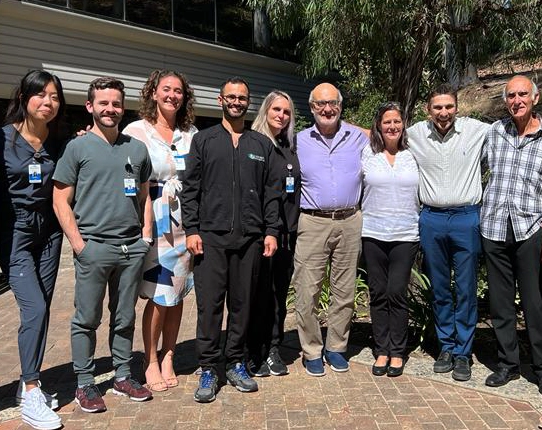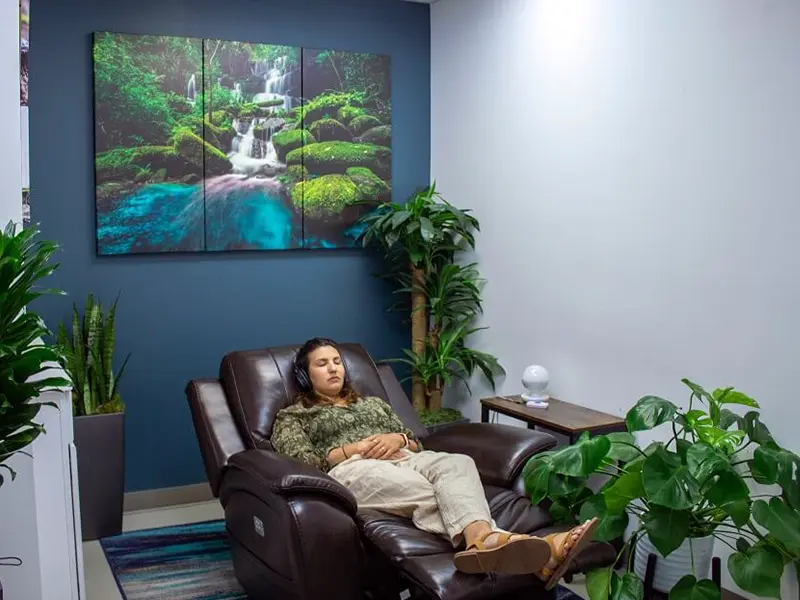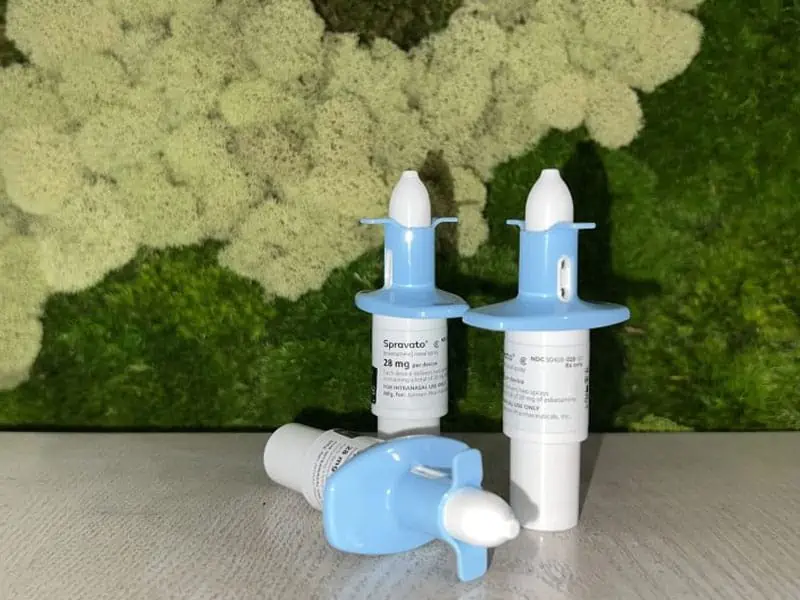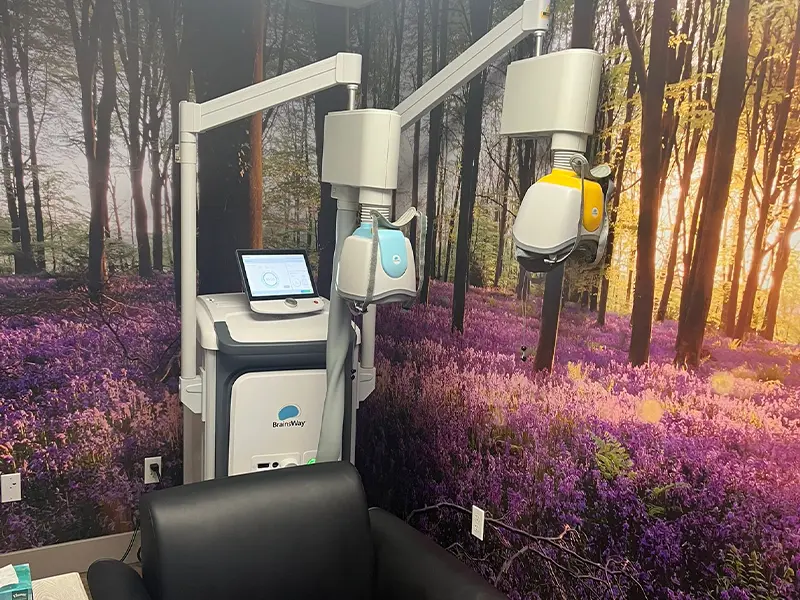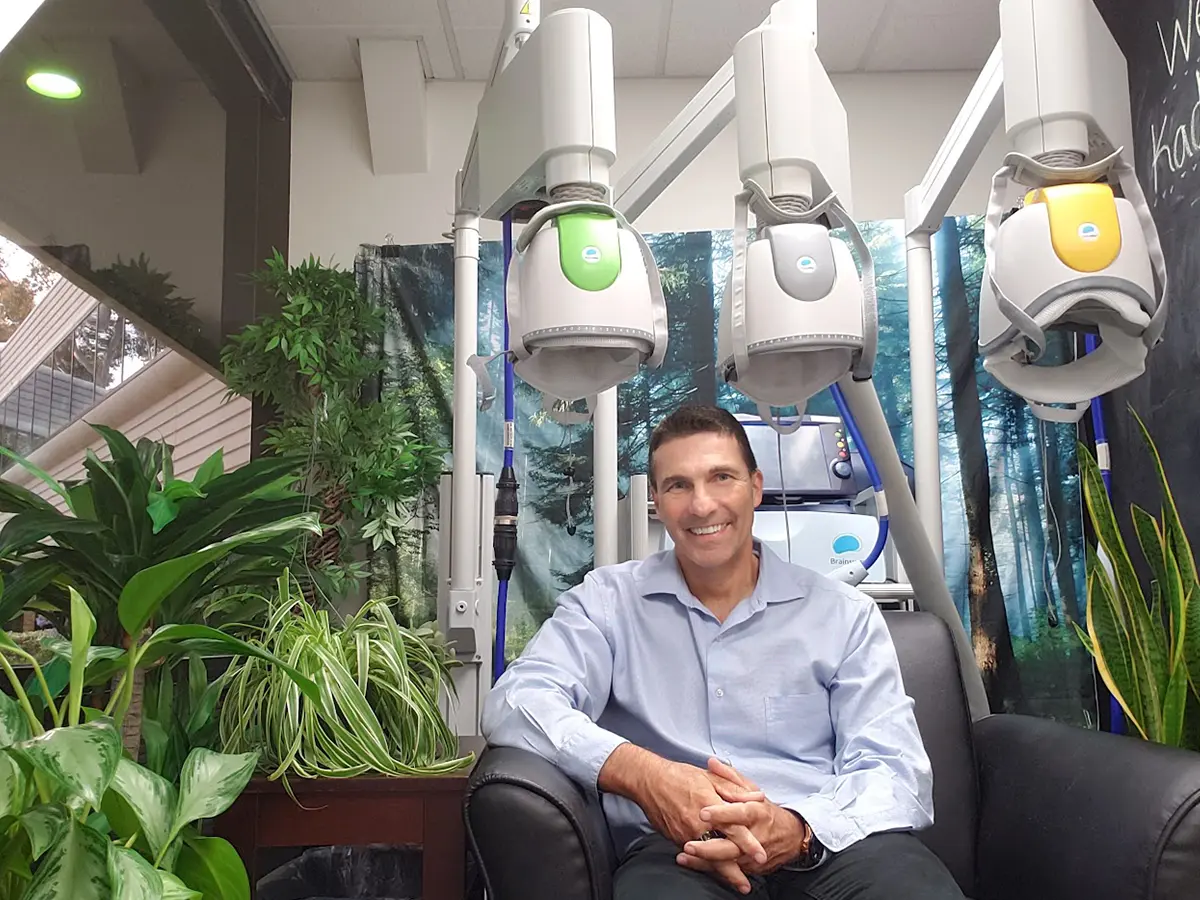Ketamine Therapy in San Diego
Explore novel ways to heal treatment resistant depression with Ketamine Therapy
Home » Ketamine For Depression
Ketamine Therapy Explained
Ketamine is an Effective Treatment for Mental Health
Ketamine Infusion Therapy at Kadima
Ketamine Therapy Experts
WHAT is Ketamine THERAPY?
Ketamine is a drug that was first synthesized in 1962. It received approval by the U.S. Food and Drug Administration (FDA) in 1970 for use as an anesthetic medication to control pain and put people to sleep during surgery. It was initially used during the Vietnam War for battlefield surgery. It eventually became a widely-used anesthetic. In the 1990s, it began to be investigated as a possible treatment for depression.
Ketamine Antidepressant Effects
From 2000-2006, human studies demonstrated that ketamine had rapid and powerful antidepressant effects in people suffering from major depressive disorder, including many with treatment-resistant depression who had failed to respond to conventional antidepressant medications. Also, the onset of its antidepressant actions was much quicker than with regular antidepressants.
Ketamine infusion therapy was found to produce a significant reduction in depression symptoms after just 2 hours, and the effect further increased over the next few days. This is in contrast to conventional antidepressants, which can take 3-6 weeks to produce significant improvement.
Benefits of Ketamine Treatment
Fast acting relief
Ketamine has been shown to have rapid antidepressant effects, often observed after the first treatment.
High rate of success
Numerous studies have demonstrated that ketamine has a significant, rapid, and sustained impact on alleviating depression symptoms.
Revolutionary Treatment
Ketamine is a revolutionary treatment for depression and provides hope for people with treatment-resistant depression
Ketamine THerapy for depression
How Does Ketamine Therapy Look Like At Kadima?
Getting a course of ketamine for depression at Kadima begins with the patient having an initial consult with Dr David Feifel, the Founder and Director of the clinic.
He will take a medical and psychiatric history, including a history of the patient’s symptoms and treatments and whether those have been effective or not. Based on that information, he will discuss the treatment alternatives with the patient, which may include a course of ketamine, esketamine (Spravato), TMS, or some combination of these.
If a course of ketamine is recommended, it usually starts with the patient having a series of 6 treatments close together over a 2-3 week period. During this time, the ketamine infusion is started at a relatively low dosage to get the person accustomed to it so that they start off with a positive experience. The dose is then gradually increased over the succeeding treatments in an attempt to find the most effective dose for the patient’s disorder.

An assessment is then made after the 6th treatment as to whether ketamine is helping the patient. If it is, then the patient’s treatment begins to shift to a maintenance mode in which the dose is further fine-tuned and the time between treatment is gradually stretched out to see how long the person can stay well between treatments.
If there hasn’t been sufficient improvement, then other treatment alternatives are considered. One of these alternatives is ketamine-assisted therapy (KAP) which involves adding integration sessions with a therapist before and after the treatment.
Experts of Ketamine Therapy
“Recent data suggest that Ketamine, given intravenously, might be the most important breakthrough in antidepressant treatment in decades.” – Thomas Insel, MD, Director of the National Institute of Mental Health, 2002-2015
“When psychiatrist David Feifel established the first program using the anesthetic drug ketamine to treat patients with depression, many considered it a harebrained idea. Today ketamine is considered the biggest psychiatric breakthrough in 50 years.”- Biospace
Learn about Kadima’s efforts bringing Ketamine Therapy to Africa : Project Rwanda
Frequently Asked Questions
Ketamine can be administered in several different ways. Our clinic gives ketamine either via intramuscular (IM) injection or intravenous (IV) infusion. We administer Spravato (esketamine) via the intranasal (IN) route (a nasal spray).
Unfortunately, insurance does not cover ketamine treatments for depression.
Yes, ketamine therapy is safe if administered under medical supervision by experienced clinicians, such as at our clinic.
Ketamine can cause some short-term side effects during or after a treatment. These can include drowsiness, dizziness, nausea (and rarely vomiting), headaches, transient double vision, temporary increases in blood pressure and heart rate, local pain at the ketamine intramuscular injection site, dissociation (a floaty, dream-like state which feels different than ordinary reality), and visual distortions or hallucinations. If these side-effects become troublesome, they can usually be effectively managed or prevented by giving adjunctive medications before, during, or after the ketamine treatments.
Ketamine can be a drug of abuse in the wrong hands. It became a “party drug” in the 1980s and 1990s, and is sometimes known as “Special K”. It is still abused in some parts of the world, particularly in Asia. However, the risk that a patient who is getting ketamine in a medical clinic setting for a psychiatric or chronic pain condition will develop an addiction to it and will then go out and abuse it recreationally is miniscule.
Some recreational ketamine abusers, who typically use it frequently, at high doses, and often mixed with other drugs of abuse, may develop a bladder condition called “ketamine cystitis”. The symptoms of this condition include bladder pain, painful urination, and urinary urgency and frequency. However, we have never seen this condition among our clinic patients receiving ketamine treatments.
Good candidates for ketamine treatment are those suffering from mental health disorders such as depression, anxiety, PTSD (post-traumatic stress disorder), and OCD (obsessive-compulsive disorder) who have previously tried traditional treatments (e.g., oral medications, talk therapy, and inpatient/outpatient treatment), but found them to be ultimately ineffective, or difficult to tolerate because of side-effects.
Other candidates for ketamine treatment include those suffering from chronic pain (sometimes accompanied by depression) due to conditions such as CRPS (chronic regional pain syndrome), neuropathic pain (such as trigeminal or occipital neuralgia), and fibromyalgia.
Ketamine treatments at Kadima start at $475 per treatment.
It depends on the patient. Some patients will have noticeable improvement after the first treatment, while other patients may need 6 treatments before they see an improvement.
The therapeutic effects from a single dose of ketamine typically last 2-3 days to 1 week. However, in our experience, the therapeutic effects of a series of ketamine treatments last considerably longer, typically for weeks or even months. Although there is considerable variation from one patient to another, in our clinic, once a patient has had a good improvement in their symptoms from a series of ketamine treatments, the therapeutic effects typically last from 3-6 weeks on average. For those patients, the optimal time to come in for a maintenance treatment to maintain the benefit from ketamine would be in that 3-6 week window.
There are some patients who will do well for a number of months after a series of ketamine treatments, and so they can come for a maintenance treatment much less frequently than the average above. On the other hand, there is a minority of patients whose treatment response to ketamine only lasts for 1-2 weeks at a time, so they have to come in for maintenance treatments a lot more frequently.
It is important to understand that while ketamine effectively treats depression and other disorders for most patients for a period of time, it does not permanently cure these disorders or make them go away forever. This means that in order to stay well, a patient has to have intermittent maintenance ketamine treatments, on a schedule which will vary from one patient to another.
Are you interested in Ketamine Therapy ?
(858)412-4130
Address: 3252 Holiday Ct Ste 112, La Jolla, CA 92037
Leave your details and we will contact you:

